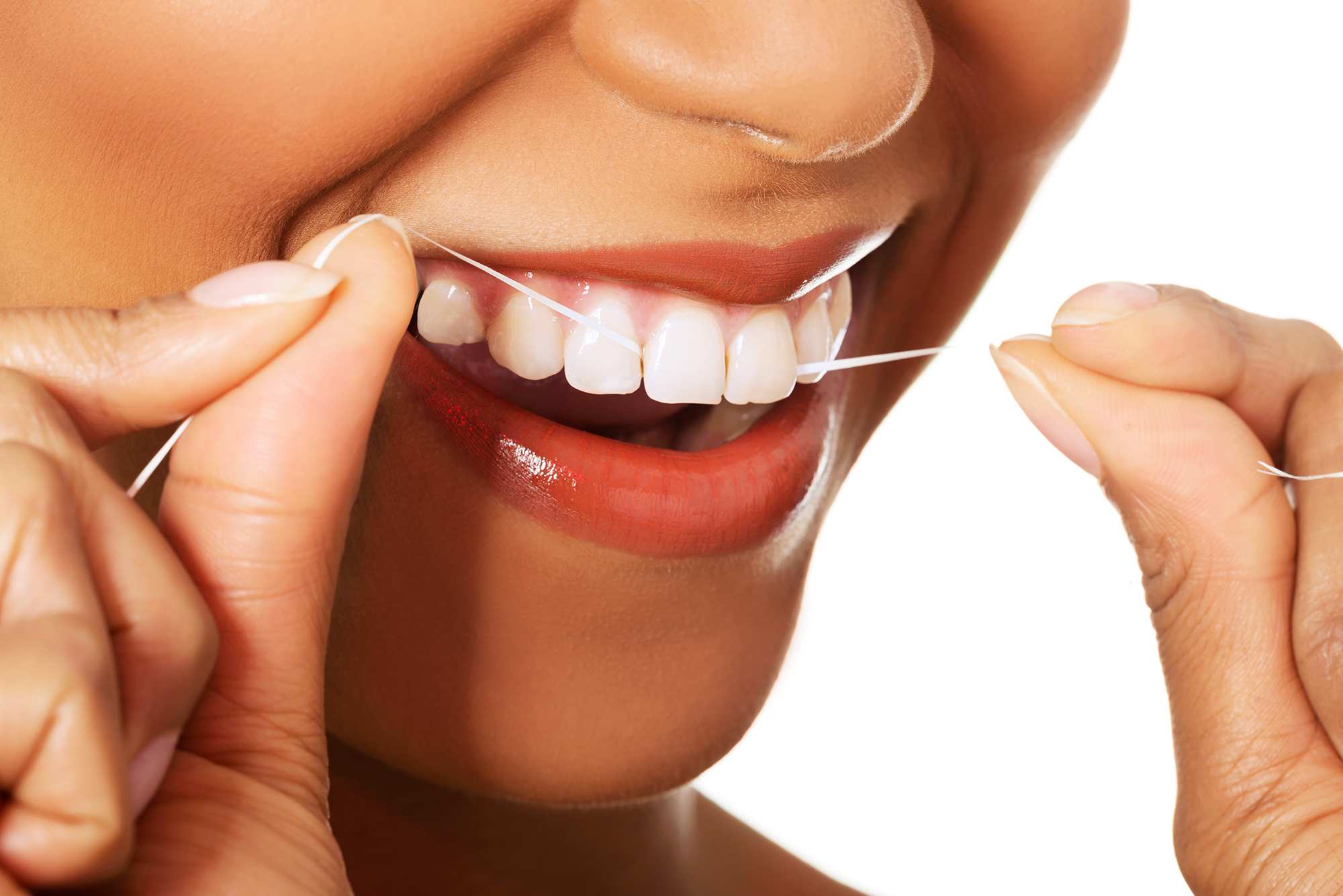
Does flossing really make a difference to my oral health?
Along with teeth brushing, a healthy diet and regular visits to the dentist, flossing is part of a good oral hygiene routine.[1]
Daily flossing helps to remove more plaque and leftover food from the teeth, which can lower the risk of problems such as tooth decay and gum disease as well as improve your breath. But if you already brush your teeth twice a day, do you really need to floss too?[1]
Dental floss cleans the parts of your teeth that toothbrushes can’t reach. If you don’t floss, the sides of your teeth and other hard-to-reach areas may not be properly cleaned. In total, this can add up to almost half the surface area of your teeth.[1]
You may have read that some studies have questioned whether flossing is necessary for maintaining oral health. Even if the evidence may be unclear, most dentists recommend daily flossing to help keep your teeth as clean as possible.[2]
How often should I floss?
While teeth brushing is recommended twice a day, flossing is only recommended once a day for most people to help make sure any remaining food debris or plaque is removed. However, your dentist may recommend a different daily frequency depending on your individual needs.[1]
Flossing should take two minutes to make sure every tooth is thoroughly cleaned. You can floss in the morning, at night or any other time that suits you.[1]
How to floss correctly
To get the full benefit of flossing, it’s important to make sure you’re doing it properly. Dentists recommend that you: [1]
- use about 45cm of floss each time
- wrap it around your middle fingers and hold it tightly between your thumbs and index fingers
- gently slide the floss between your teeth
- slowly floss up and down each side of the tooth, taking care not to disturb the gum
- move along the length of floss as you go. Avoid reusing the same piece, as this can reintroduce bacteria to your mouth.
Can children floss?
Yes. Parents can start to floss their child’s teeth as soon as they have two teeth that fit together. Kids may need help to floss until they reach the age of 10, as the flossing action requires more dexterity than teeth brushing.[1]
Can I floss with braces?
Yes – but it takes practice and usually takes longer. If you or your child has orthodontic braces, you should floss gently between your teeth and around the brackets to remove any trapped food and plaque without damaging or dislodging the brace.[1]
If you find flossing difficult, your dentist or orthodontist may recommend a floss threader, interdental cleaner or water flosser rather than standard floss.[1]
What are the different types of floss?
If you don’t like using traditional floss, there are other options for cleaning between your teeth. These include nylon floss threaders, floss picks, interdental cleaning brushes for larger gaps between teeth, and electric flossers that use water.[1]
Your dentist can give you more information about these options and help you decide which one is right for you.[1]
Do you need to see a dentist in Geraldton?
If it’s time for your check-up or you want to talk to a dental professional, make an appointment at Chapman Road Dental Clinic.
Call our friendly team on 08 9964 3577 or contact us online. Ask your health insurance provider about rebate information and what you’re entitled to claim for treatments.
References
[1] Australian Dental Association. Flossing [Online] 2017 [Accessed August 2018] Available from: https://www.ada.org.au/Your-Dental-Health/Younger-Adults-18-30/flossing
[2] American Dental Association. The Medical Benefit of Daily Flossing Called Into Question [Online] 2016 [Accessed August 2018] Available from: https://www.ada.org/en/science-research/science-in-the-news/the-medical-benefit-of-daily-flossing-called-into-question